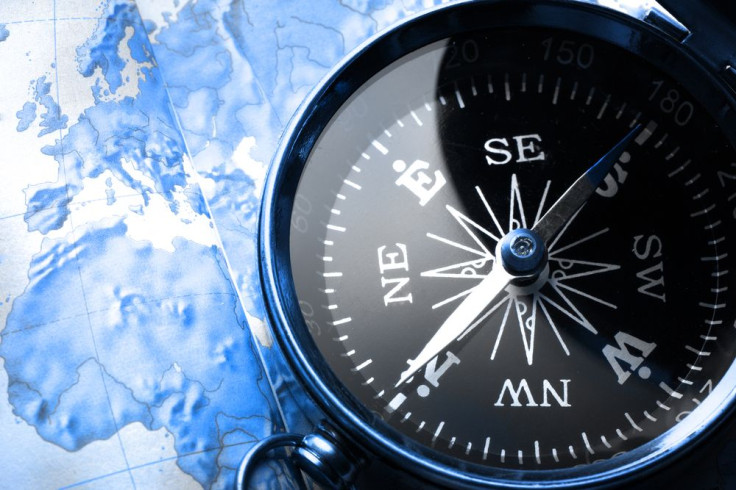Our Brain's Navigation System Is As Active During Sleep As During Our Waking Hours

In 2014, three scientists received the Nobel Prize for their discovery of the brain’s "GPS system," which is based on clusters of cells that help us sense place and direction. Now researchers at NYU Langone Medical Center discovered the brain’s navigational cells are as active during sleep as they are during waking hours. In fact, during deep sleep specific neurons are coding for head direction — the direction of gaze — at a wildly accelerated pace. While sleeping, the mice studied in the experiment appeared to be looking around even more than when they were awake.
Our Brain’s 'GPS System'
In 1971, Dr. John O'Keefe, professor at the University College London, discovered the first part of what he referred to as the brain's internal positioning system. His work showed that a set of nerve cells in the hippocampus became activated whenever a rat was in one location in a room. When the rat moved to a different area of the room, a different set of cells became active. O'Keefe hypothesized these “place cells” formed a map within the brain. Thirty years later, Dr. May-Britt Moser and Dr. Edvard Moser, a husband and wife research team and professors at the Norwegian University of Science and Technology, discovered a part of the brain which acts like a nautical chart. The "grid cells" contained within this chart appeared to be akin to lines of longitude and latitude, helping the brain to judge distance and navigate. Later, their research showed how the “place” and “grid” cells work together to make it possible for our brains to understand where we are and how to navigate from one place to another.
The current study, led by Dr. Gyorgy Buzsaki, Biggs Professor of Neural Sciences at NYU, furthered this Nobel prize-winning research by focusing on the head-direction system in experimental mice. This system functions as a compass, with brain cells within these systems increasing their firing rates whenever an animal’s head points in a specific direction. Buzsaki’s team of researchers videotaped the head movements of mice, while simultaneously recording the electrical activity in the head-direction regions of these sleeping animals’ brains: the antero-dorsal thalmic nucleus and postsibiculum. Next, the team recorded activity in the same brain regions of the same mice while they were awake and moving around different environments. Over the two-year period of the study, they compared and analyzed the different activity patterns of sleep and wake.
What they found were pronounced differences in brain activity during slow-wave periods of sleep, (when brain activity (and also muscle activity) significantly decrease) and Rapid Eye Movement or REM periods of sleep, the so-called dream state (when electrical activity in the brain is nearly indistinguishable from waking periods). During REM the "needle" of the brain’s compass moved at the same speed observed during waking hours.
However, during slow-wave periods of sleep, the needle’s activity accelerated 10-fold — it was as if, the researchers say, the mice were turning their heads 10 times faster than during waking moments!
“The coordinated activity during the majority of sleep likely represents a consolidation of places, events and times, a sort of navigational backup system in the brain, during which the brain stores a map to memory,” Dr. Adrien Peyrache, a postdoctoral fellow and lead author of the study, explained in a press release.
Even more, Buzsaki says these results support his theory that mammalian brains do not passively wait around to receive sensory inputs but actively pursue them. His team plans to monitor other parts of the mouse brain, those involved in more complex forms of behaviors, to see if similar activity patterns are at work. Meanwhile, the results of the current research might be useful when treating a patient’s lost sense of direction and place, the first major symptom of Alzheimer's disease and other neurological disorders for many.
Source: Peyrache A, Lacroix MM, Petersen P, Buzsaki G. Internally organized mechanisms of the head direction sense. Nature Neuroscience. 2015.



























